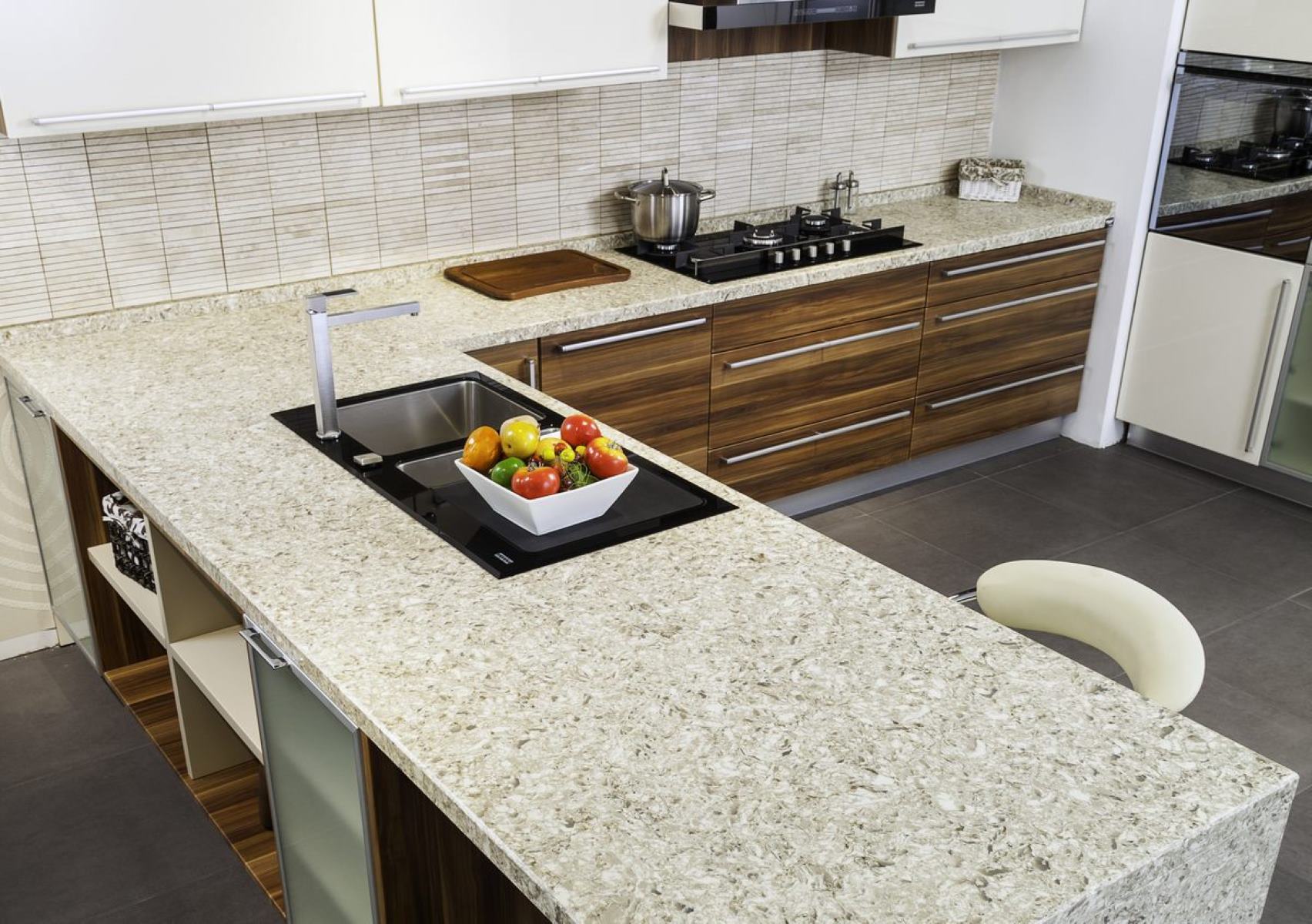

Articles
How To Recover Countertops
Modified: February 24, 2024
Learn how to recover countertops in this informative articles. Get expert tips and step-by-step instructions to restore the beauty of your countertops.
(Many of the links in this article redirect to a specific reviewed product. Your purchase of these products through affiliate links helps to generate commission for Storables.com, at no extra cost. Learn more)
Introduction
Welcome to the ultimate guide on how to recover countertops! Whether you have a granite, marble, quartz, or laminate countertop, accidents happen, and it’s not uncommon for countertops to suffer from damage, stains, or a loss of shine over time. But fear not! With the right knowledge and techniques, you can restore your countertops to their former glory and make them look brand new again.
In this comprehensive article, we will guide you through the process of assessing the damage, cleaning the countertop, repairing minor damage, removing stains and discoloration, restoring shine and luster, sealing and protecting the countertop, and maintaining it for long-lasting beauty.
Before we dive into the details, it’s important to mention that the methods and products mentioned in this guide may differ based on the type of countertop material you have. Therefore, it’s crucial to identify the material of your countertop before proceeding with the recovery process.
Now, let’s get started and bring those countertops back to life!
Key Takeaways:
- Revive your countertops by assessing damage, cleaning, repairing minor issues, removing stains, restoring shine, sealing, and maintaining. Tailor your approach based on the countertop material for best results.
- Regular maintenance is crucial for preserving the beauty and functionality of your countertops. Daily cleaning, prompt spill management, and protective measures will ensure long-lasting appeal.
Read more: How To Recover Boat Cushions
Assessing the Damage
Before you can effectively recover your countertops, it’s important to assess the extent of the damage. By closely examining the surface, you’ll be able to identify the specific issues that need to be addressed.
First, carefully inspect the countertop for any cracks, chips, or deep scratches. These types of damage may require professional repair or replacement, depending on the severity. If the damage is minor, however, there are methods available to fix them yourself.
Next, pay attention to any stains or discoloration on the surface. This can occur from spills, food residue, or chemical reactions. Identifying the type of stain is essential in determining the appropriate cleaning and stain removal methods.
Additionally, observe if the countertop has lost its shine or appears dull. This can be caused by natural wear and tear, improper cleaning products, or a lack of regular maintenance. Restoring the shine will involve specific techniques tailored to the material of your countertop.
Finally, consider the overall condition of the countertop. Are there any areas where the finish has worn off, or is it uneven in certain spots? These imperfections can be addressed with refinishing techniques and appropriate sealing methods.
By carefully assessing the damage, you’ll be able to determine the best course of action for recovering your countertops. Whether it requires simple cleaning, minor repairs, stain removal, or more intensive restoration, understanding the extent of the damage will help you prioritize the necessary steps to take.
Cleaning the Countertop
Once you have assessed the damage on your countertop, the next step is to thoroughly clean the surface. Proper cleaning is essential for removing dirt, grime, and any residue that may be affecting the appearance of your countertops.
Start by clearing the countertop of any items or debris. This will give you a clear workspace and allow for a more effective cleaning process. Use a soft cloth or sponge to wipe away loose particles, ensuring that the surface is free from any excess dirt.
Next, choose a gentle cleaning solution that is suitable for the material of your countertop. For laminate countertops, a mild dish soap mixed with warm water should suffice. Avoid harsh chemicals or abrasive cleaners, as they can damage the surface.
If you have a granite or marble countertop, it’s important to use a pH-neutral cleaner specifically formulated for natural stone. This will prevent any potential damage to the stone while effectively cleaning the surface. Follow the instructions on the cleaner to ensure proper dilution and application.
Apply the cleaning solution to the countertop and use a soft cloth or sponge to gently scrub the surface. Pay attention to any areas that may be more heavily soiled or have stubborn stains. For tougher stains, you may need to let the cleaner sit on the surface for a few minutes to penetrate and loosen the residue.
Once you have thoroughly cleaned the countertop, rinse it with clean water to remove any remaining cleaning solution. It’s important to thoroughly rinse to avoid leaving any residue behind, which can dull the surface or attract more dirt over time.
After rinsing, use a clean, dry cloth to pat the countertop dry. This will help prevent water spots or streaks from forming. Depending on the material of your countertop, you may also opt to use a microfiber cloth or chamois to buff the surface and enhance shine.
Regular cleaning is key to maintaining the beauty of your countertops. Be sure to clean up spills promptly and avoid using abrasive sponges or scrub brushes that can scratch the surface. By following these cleaning guidelines, you’ll keep your countertop looking fresh and vibrant for years to come.
Repairing Minor Damage
If your countertop has minor damage such as chips, cracks, or scratches, don’t worry! These issues can often be repaired without the need for professional help. With the right techniques and materials, you can restore your countertop to its original condition.
For small chips or shallow scratches in laminate countertops, start by cleaning the affected area using a mild soap and water solution. Once the surface is clean and dry, apply a laminate repair paste or putty that matches the color of your countertop. Gently fill the chip or scratch with the paste, smooth it out with a putty knife, and let it dry according to the manufacturer’s instructions. Once dry, lightly sand the repaired area using fine-grit sandpaper to ensure a smooth finish. Finish off by applying a laminate touch-up marker or color-matched paint to blend the repaired area with the rest of the countertop.
If you have a solid surface countertop, such as Corian or acrylic, repairing minor damage is similar to laminate countertops. Clean the area, fill any chips or scratches with a color-matched repair kit or filler, and allow it to dry. Once dry, sand the repaired area with fine-grit sandpaper until smooth and blend it with the surrounding surface. Finally, polish the countertop with a non-abrasive polish to restore its shine.
Repairing small chips or cracks in natural stone countertops like granite or marble requires a slightly different approach. Start by cleaning the area with a pH-neutral stone cleaner and drying it thoroughly. Use a two-part epoxy or stone adhesive to fill the chip or crack, following the manufacturer’s instructions for proper mixing and application. Once the adhesive is dry, carefully sand the repaired area using diamond polishing pads or sandpaper with progressively finer grits. Finish by polishing the repaired area to match the rest of the countertop’s finish.
It’s important to note that while these methods can repair minor damage, more extensive damage may require professional assistance. Additionally, always follow the manufacturer’s instructions and take appropriate safety precautions when working with repair products and tools.
By taking the time to repair minor damage, you can prolong the lifespan of your countertop and maintain its aesthetic appeal. Don’t let small imperfections detract from the overall beauty of your kitchen!
Removing Stains and Discoloration
Stains and discoloration on countertops can be unsightly and diminish the overall appearance of your kitchen. However, with the right techniques and products, you can effectively remove stains and restore your countertop’s original color and vibrancy.
The first step in stain removal is to identify the type of stain you are dealing with. Common types of stains include food stains, oil-based stains, water stains, and hard water deposits. Each stain requires a specific approach for effective removal.
For food stains, start by creating a paste using baking soda and water. Apply the paste to the stained area, gently scrub it with a soft cloth or sponge, and rinse it off with water. For more stubborn food stains, you can try using a mixture of hydrogen peroxide and a few drops of ammonia. Apply the solution, let it sit for a few minutes, and then rinse thoroughly with water.
Oil-based stains require a degreasing agent to break down the oils. A solution of dish soap and warm water can often do the trick. Apply the solution to the stain, let it sit for a few minutes, and then gently scrub with a soft cloth or sponge. Rinse off the solution with water and repeat the process if necessary.
Water stains and hard water deposits are a common issue in households with mineral-rich water. To remove these stains, create a solution using equal parts white vinegar and water. Apply the solution to the stained area, let it sit for a few minutes, and then scrub gently with a sponge or cloth. Rinse the area thoroughly with water to remove any residue.
If your countertop is made of natural stone, it’s important to use pH-neutral or stone-safe cleaners when dealing with stains. Avoid harsh chemicals or abrasive cleaners, as they can damage the stone surface. Always follow the manufacturer’s instructions and test any cleaning products in an inconspicuous area before applying them to the entire countertop.
Keep in mind that some deep or stubborn stains may require professional attention. If your efforts to remove the stain are unsuccessful or if you’re unsure about how to proceed, consult a professional for guidance.
By using the appropriate stain removal techniques and products, you can restore the original beauty of your countertop and enjoy a clean, stain-free surface.
To recover countertops, start by thoroughly cleaning the surface and removing any old adhesive. Measure and cut the new countertop material to fit, then apply adhesive and press the new material into place. Finally, seal the edges for a finished look.
Read more: How To Recover A Grass Lawn
Restoring Shine and Luster
A dull or lackluster countertop can significantly impact the overall appearance of your kitchen. Over time, daily use, harsh cleaning products, and exposure to sunlight can cause countertops to lose their shine and luster. Fortunately, there are several methods you can use to restore the natural beauty of your countertops and bring back their radiant glow.
Before attempting any restoration techniques, thoroughly clean the countertop with a gentle cleanser to remove any dirt or residue. This will ensure that the surface is free of impurities and enhance the effectiveness of the restoration process.
If you have a laminate countertop, restoring shine is relatively straightforward. Start by using a non-abrasive cleaner specifically formulated for laminate surfaces. Apply the cleaner to the countertop and gently wipe the surface in a circular motion. Rinse the countertop thoroughly with clean water and dry it with a soft cloth. To enhance the shine, apply a laminate shine product following the manufacturer’s instructions.
For solid surface countertops like Corian or acrylic, use a non-abrasive cleanser and a soft cloth to clean the surface. To restore the shine, gently buff the countertop in a circular motion using a microfiber cloth or a buffing pad. This will help remove any light scratches or dullness and bring back the natural luster. Finish by applying a non-abrasive polish specifically designed for solid surface countertops to further enhance the shine.
Natural stone countertops like granite or marble require a different approach to restore their shine. After cleaning the countertop with a pH-neutral stone cleaner, use a stone polish specifically formulated for your type of stone. Apply the polish to the countertop and use a soft cloth to buff the surface in circular motions. This will help to even out the finish and bring back the shine. For more stubborn stains or dullness, consider hiring a professional stone restoration service to polish and seal your countertops.
It’s important to note that regular maintenance plays a vital role in keeping your countertops looking their best. Avoid using harsh, abrasive cleaners that can damage the surface and opt for gentle cleaning agents that are suitable for your countertop material. Additionally, using cutting boards and trivets to protect the surface from heat and scratches can help maintain its shine for longer periods.
By following these restoration techniques and incorporating regular maintenance into your routine, you can enjoy the beauty of your countertops as they shine and sparkle in your kitchen once again.
Sealing and Protecting the Countertop
Sealing your countertop is an essential step in maintaining its longevity and protecting it from stains, moisture, and other potential damage. The sealing process creates a protective barrier on the surface of the countertop, preventing substances from penetrating and causing harm. Here’s a step-by-step guide on how to seal and protect your countertop:
1. Identify the Material: Different countertop materials require different types of sealers. For example, granite and marble countertops typically require a penetrating sealer, while laminate or solid surface countertops may not require sealing at all. Research the specific sealing requirements for your countertop material to find the appropriate product.
2. Preparation: Before applying the sealer, thoroughly clean the countertop to ensure a smooth and debris-free surface. Use a non-abrasive cleaner and water to remove any dirt or residue. Dry the countertop completely before proceeding.
3. Application: Follow the manufacturer’s instructions on the specific sealer you have chosen. Using a clean and dry cloth or applicator, apply the sealer evenly across the entire countertop surface. Pay close attention to any areas that are more susceptible to stains or spills, such as around the sink or stove. Allow the sealer to sit for the recommended amount of time, usually around 10-15 minutes.
4. Absorption Time: The sealer needs to be absorbed into the countertop material to create an effective barrier. After the recommended waiting time, check the countertop surface for any excess sealer. If there is any residue, gently wipe it away with a clean, dry cloth. Be cautious not to remove too much sealer, as it is crucial for proper protection.
5. Multiple Coats: Depending on the type of sealer and the specific needs of your countertop material, you may need to apply multiple coats. Some sealers require two or more coats for proper protection. Follow the manufacturer’s instructions carefully regarding the number and timing of the coats. Allow sufficient drying time between each application.
6. Reapplication: Over time, the protective barrier of the sealer may wear off due to regular use and cleaning. It’s important to monitor the condition of your countertop and reapply the sealer when necessary. Check the manufacturer’s instructions for recommended reapplication intervals or signs that indicate it’s time for a fresh coat of sealer.
Remember, proper sealing and regular maintenance go hand in hand in prolonging the life and beauty of your countertops. Always follow the specific recommendations for your countertop material and consult with professionals if you are unsure about the sealing process.
Maintaining the Countertop
Once you have restored and protected your countertop, it’s important to establish a regular maintenance routine to keep it looking its best and extend its lifespan. By following these maintenance tips, you can ensure that your countertop remains in excellent condition for years to come:
1. Daily Cleaning: Wipe down your countertop daily with a soft cloth or sponge and a gentle cleanser suitable for your countertop material. This will help remove any surface debris, spills, or stains before they have a chance to set in. Avoid using abrasive sponges or harsh chemicals that can damage the surface.
2. Spill Management: Promptly clean up any spills on your countertop to prevent stains or damage. Blot spills with a clean cloth rather than wiping them to avoid spreading the liquid. For tough or stubborn stains, refer to the appropriate stain removal methods discussed earlier in this guide.
3. Regular Sealing: Depending on the type of countertop material, it may require periodic resealing to maintain its protective barrier. Refer to the manufacturer’s instructions or consult with professionals to determine the recommended sealing schedule for your specific countertop.
4. Heat and Scratch Protection: Protect your countertop from excessive heat by using trivets, hot pads, or cutting boards when placing hot pots, pans, or appliances on the surface. Avoid directly cutting or chopping on the countertop to prevent scratches. Using cutting boards and trivets will preserve the appearance and integrity of your countertop.
5. Avoid Harsh Chemicals: Steer clear of abrasive cleaners, acidic solutions, bleach, ammonia, or any harsh chemicals that could damage the surface. Stick to gentle, non-abrasive, and pH-neutral cleansers that are specifically formulated for your countertop material.
6. Regular Inspection: Periodically inspect your countertop for any signs of damage, such as cracks, chips, or uneven surfaces. Identifying and addressing these issues early on can prevent further damage and the need for more extensive repairs down the line.
7. Preventative Measures: Take precautions to protect your countertop from potential sources of damage. Use coasters under cups and glasses to prevent water rings, and use cutting boards, placemats, or trivets to avoid scratches, spills, or stains caused by food or liquids.
By incorporating these maintenance practices into your routine, you can preserve the beauty, functionality, and durability of your countertop. Regular care and attention will ensure that your countertop remains a stunning focal point in your kitchen for many years to come.
Conclusion
Recovering and maintaining the beauty of your countertops is a rewarding journey that can breathe new life into your kitchen. By following the steps outlined in this guide, you can effectively assess the damage, clean the surface, repair minor issues, remove stains, restore shine, seal, and protect your countertops.
Remember to tailor your approach based on the specific material of your countertop, whether it’s laminate, solid surface, or natural stone. Choosing the right cleaning products, sealers, and restoration techniques will help you achieve the best results and avoid potential damage.
Throughout this process, it’s important to establish a regular maintenance routine to preserve the longevity and appearance of your countertops. Daily cleaning, prompt spill management, regular sealing, and taking preventative measures are vital for maintaining their beauty and function.
While some repairs and restoration may be done yourself, keep in mind that more extensive damage or specialized treatments may require the expertise of professionals. Don’t hesitate to seek professional assistance when needed.
By investing time and effort into recovering and maintaining your countertops, you can create a stunning and functional space that you’ll enjoy for years to come. The heart of your kitchen will shine with renewed life, reflecting your dedication to beauty and cleanliness.
So, roll up your sleeves, gather the necessary tools and materials, and embark on the journey of countertop recovery. Your kitchen will thank you with its transformed beauty and the joy it brings to your daily cooking and gatherings.
Frequently Asked Questions about How To Recover Countertops
Was this page helpful?
At Storables.com, we guarantee accurate and reliable information. Our content, validated by Expert Board Contributors, is crafted following stringent Editorial Policies. We're committed to providing you with well-researched, expert-backed insights for all your informational needs.
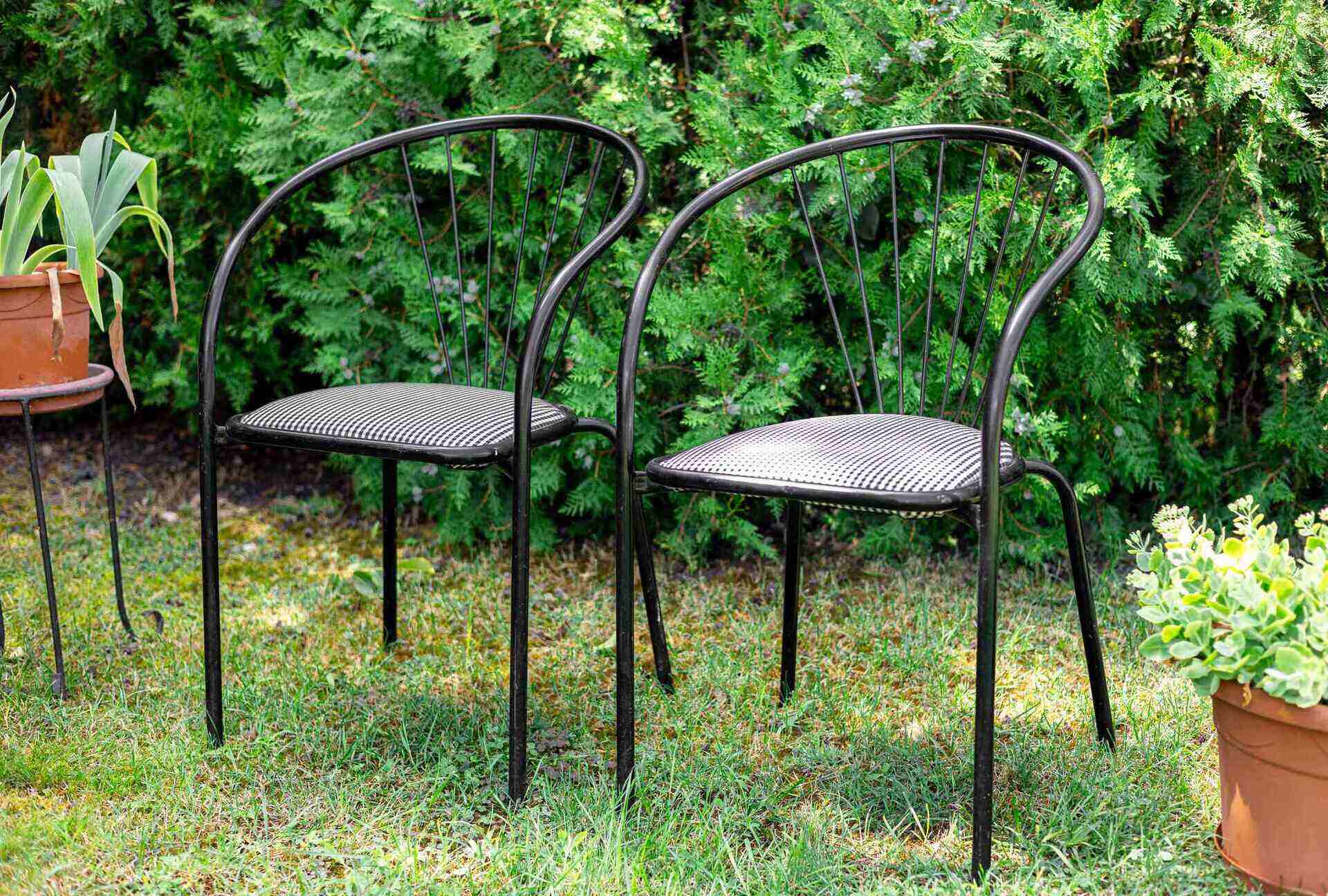
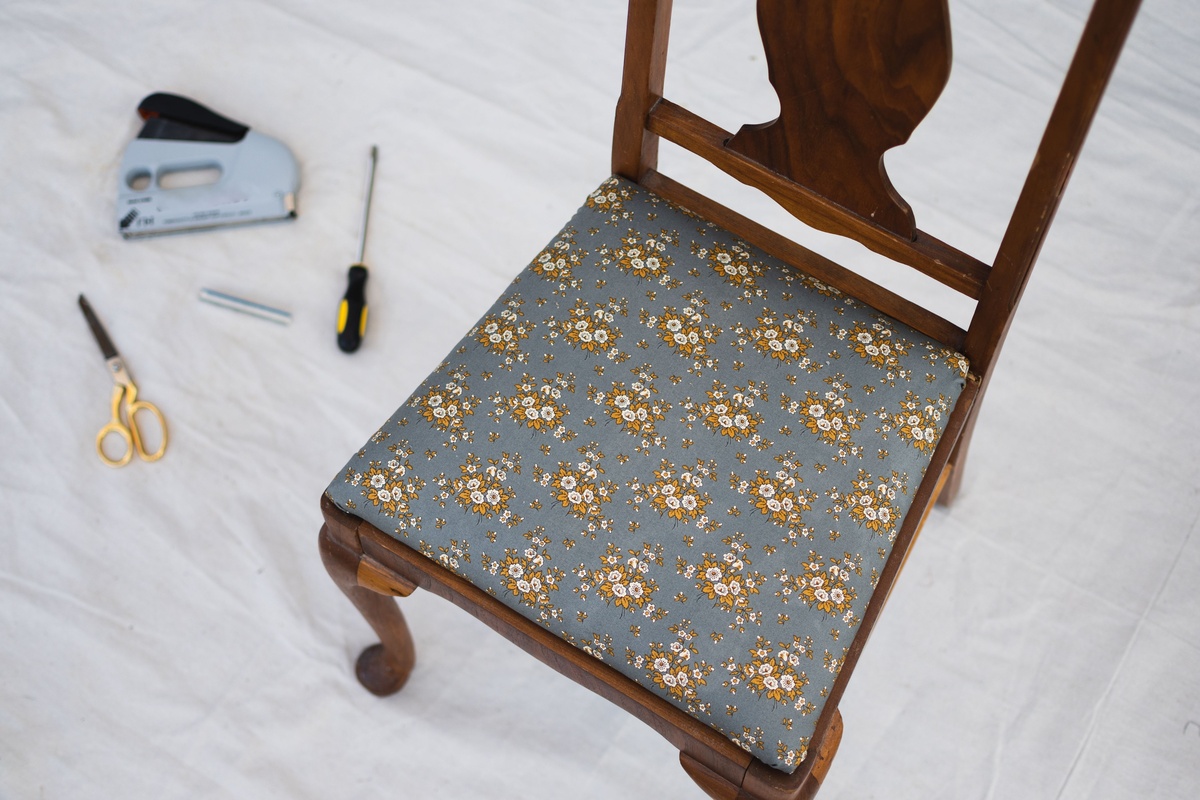
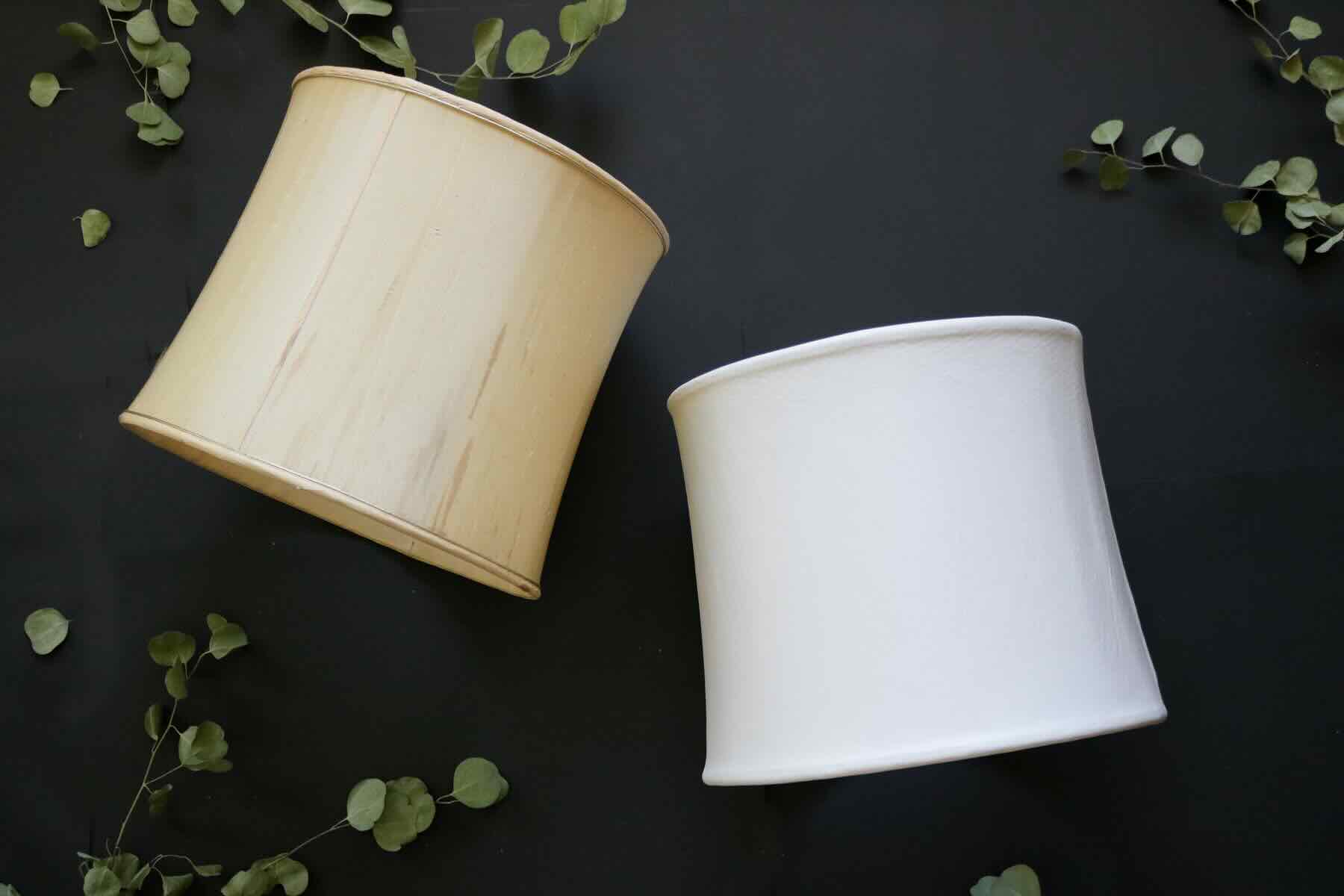



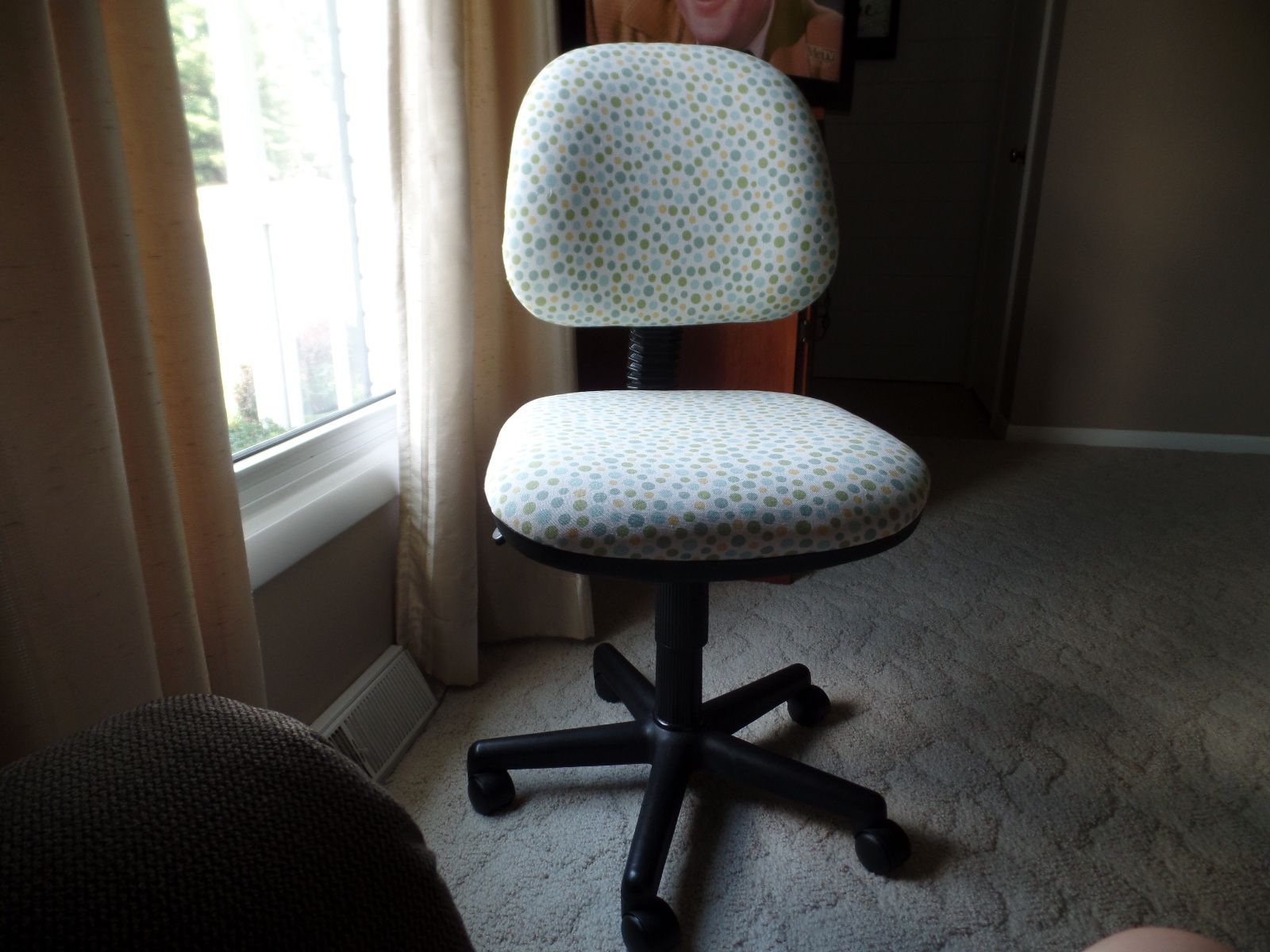


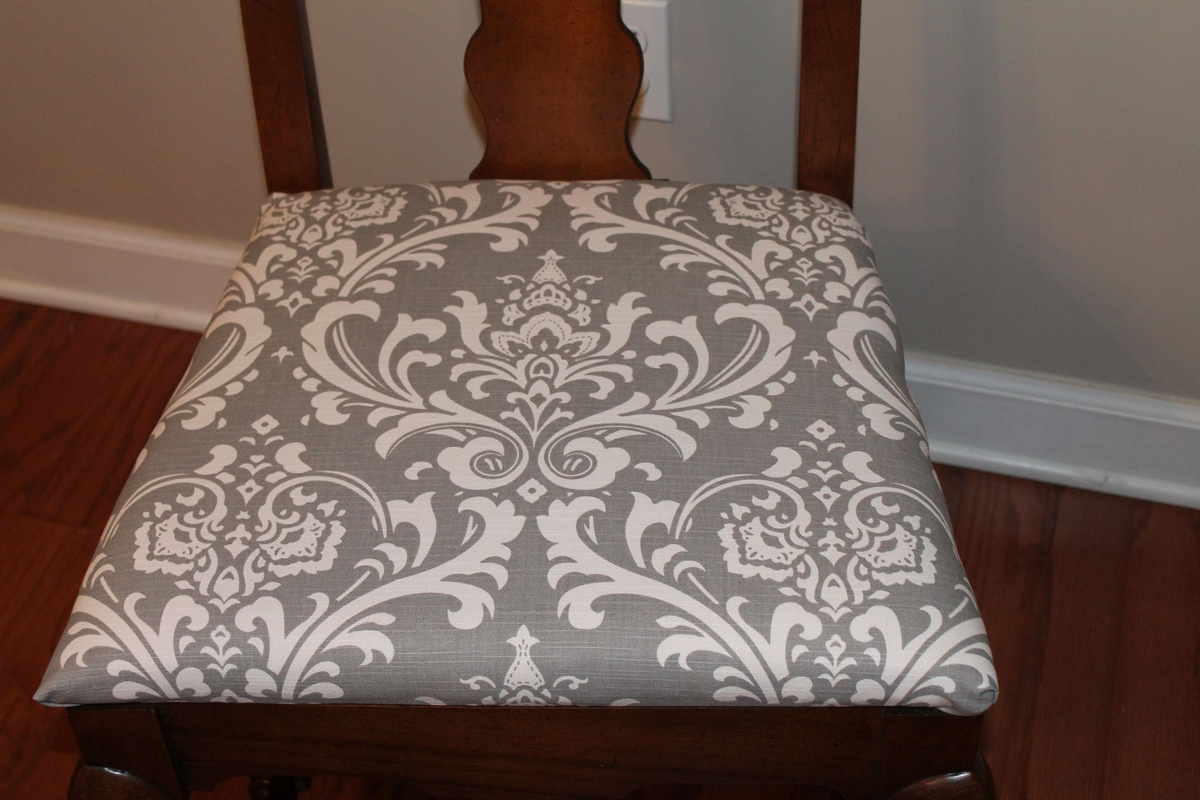
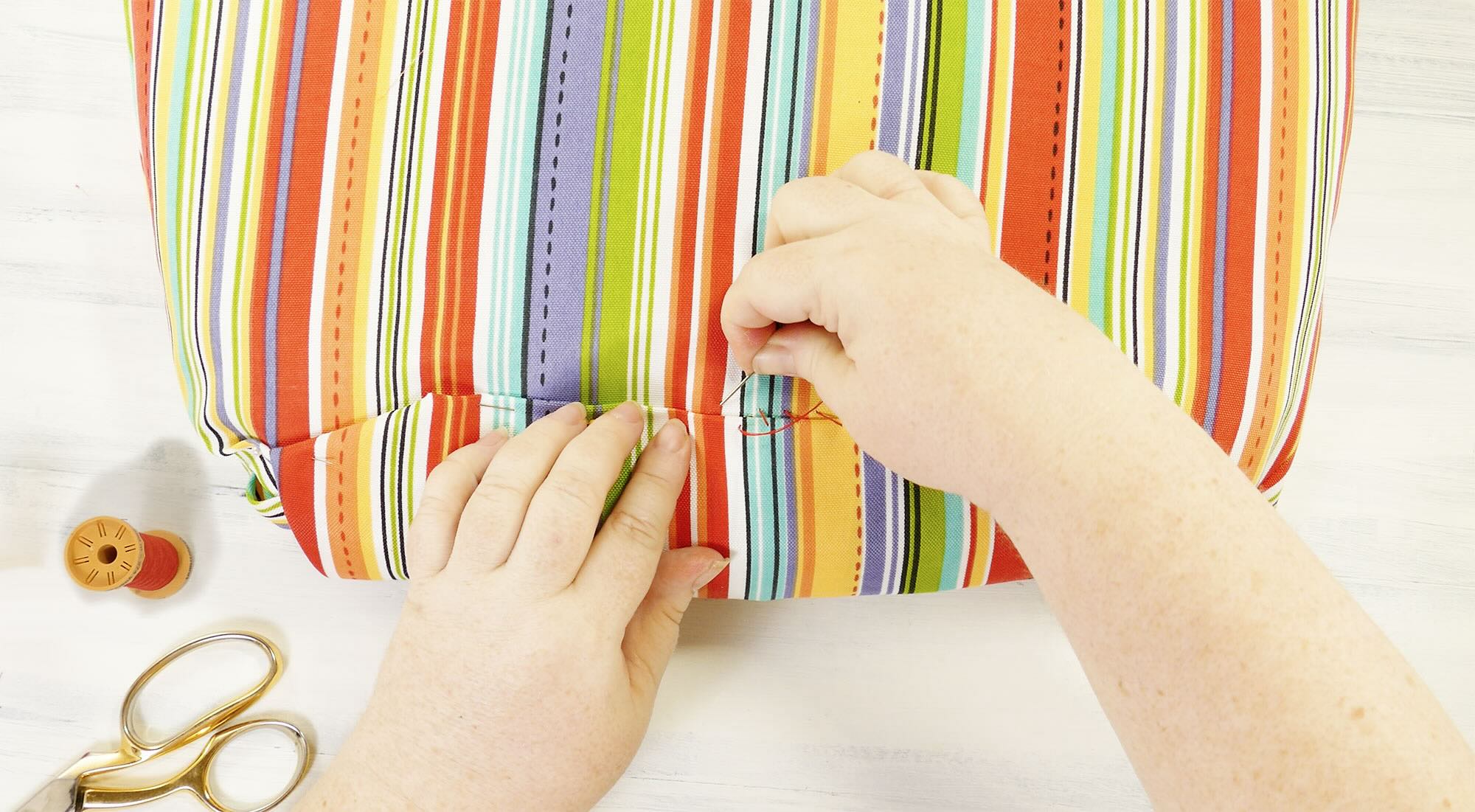

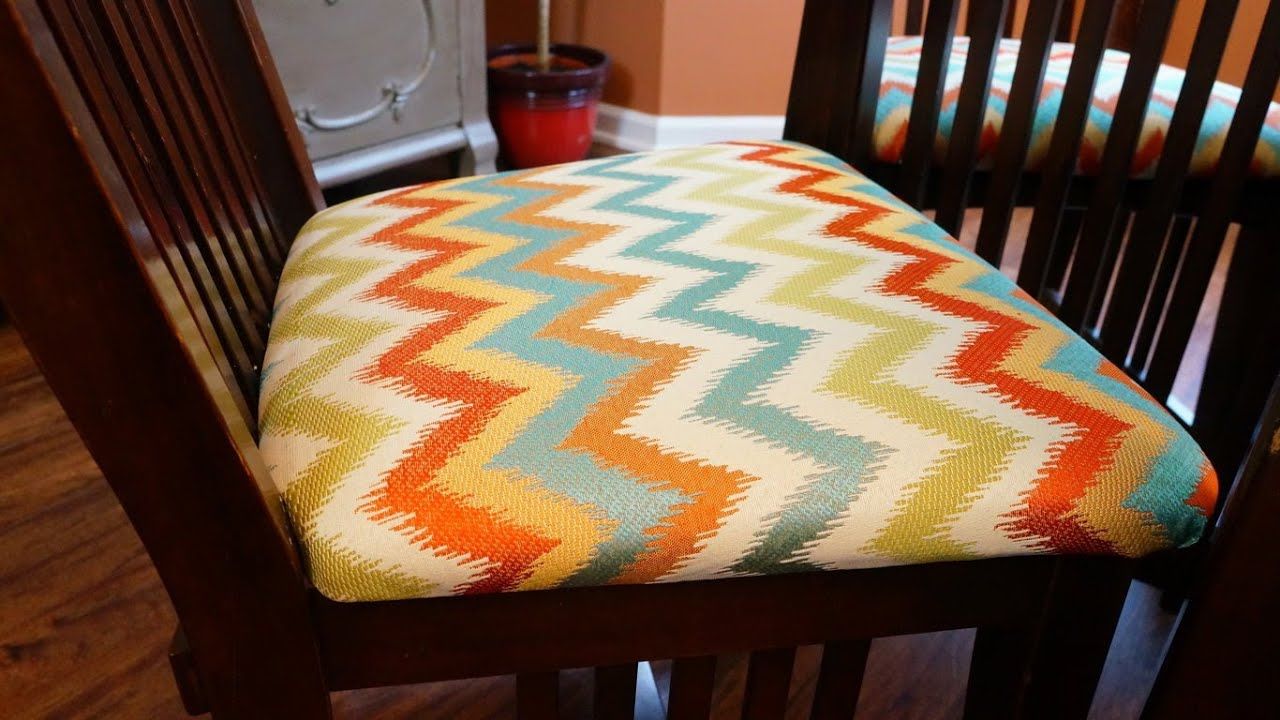
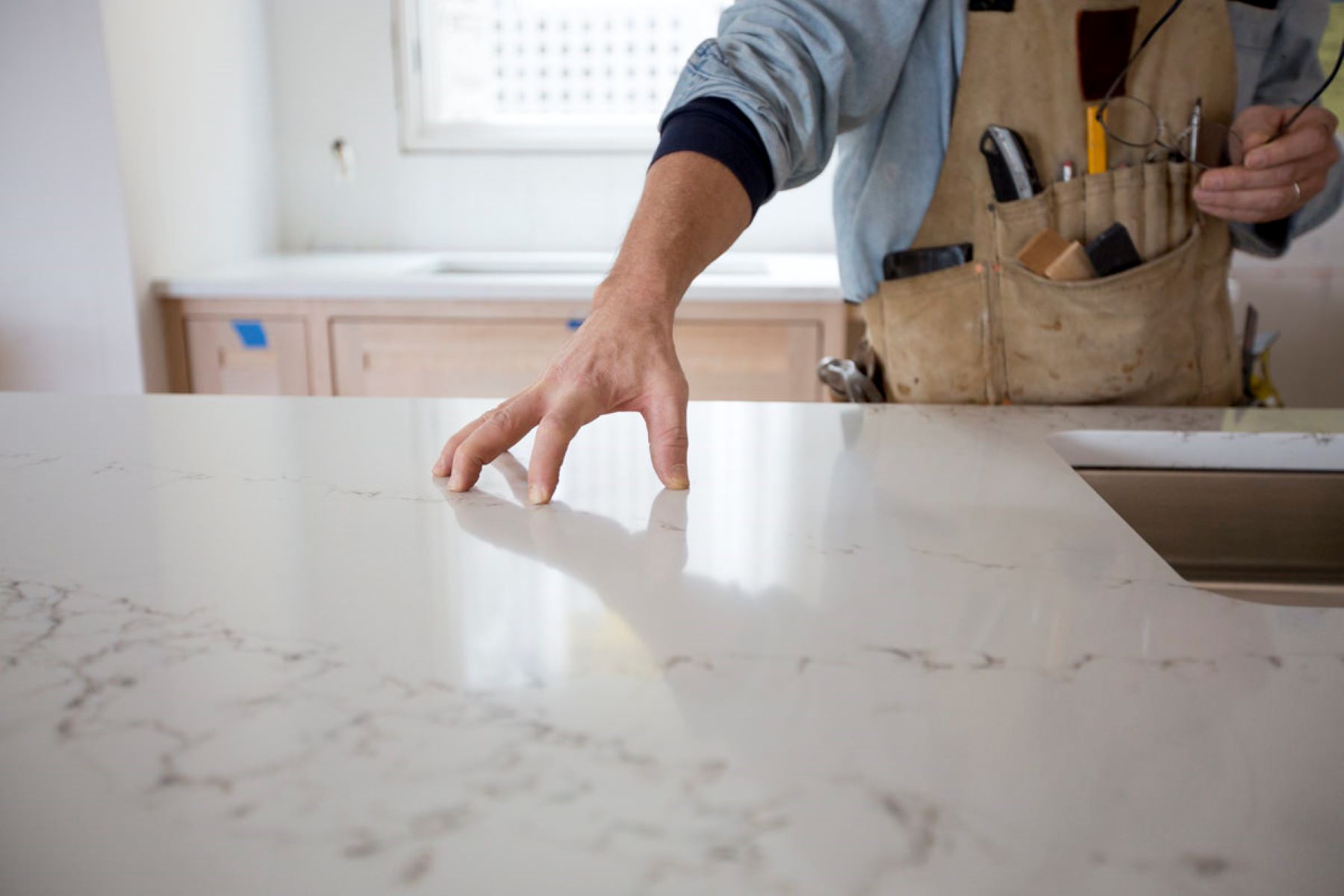

0 thoughts on “How To Recover Countertops”